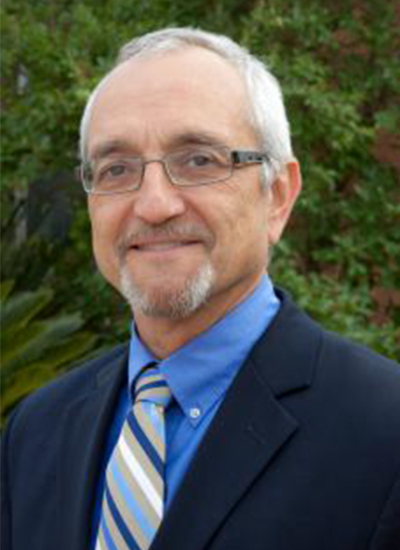Giacomelli, G. A. (2002). Nutrient delivery systems for crop production in the controlled environment. Acta Horticulturae, 578, 207-212.
Abstract:
The foundation of all plant production systems is the effective, efficient and dependable means of nutrient delivery to the plant. The nutrient delivery system directly influences the physical components and the plant culture tasks of the plant management technique within the controlled environment agriculture system. The nutrient delivery system can be described in terms of its mechanism for water delivery to the plant. Examples of an aeroponic root growth system, and a traditional tomato production system, within the controlled environment facilities at the University of Arizona, Controlled Environment Agriculture Center are provided.
Giacomelli, G. A., Patterson, R. L., & Sadler, P. D. (2007). Telepresence technologies and practices for enabling remote semi-autonomous CEA food production. Acta Horticulturae, 761, 21-31.
Abstract:
CEA (Controlled Environment Agriculture) is an advance technology for the production of biological materials, such as, food, flowers, and plant byproducts for commercial application. To establish successful operations, education, training, and experience for the system operators are required. In fact, assuming good system design, it is experience which may be the most important factor in the success of a CEA operation. Decision support from off-site consultants or other support groups can be beneficial to help the operation, but to provide an effective response, they require environmental information and plant status, as well as easy access to sufficient data about the current and recent history of operations of the mechanical systems and the biological components. Telepresence procedures, which can be defined as practices which provide a representative environment for humans who then control devices and hardware within distant, hostile, or unique environments, can improve remote decision support of CEA facilities. The CEAC (Controlled Environment Agriculture Center) at the University of Arizona in Tucson not only includes CEA classes for the on-campus education of undergraduate and graduate students, as well as postgraduate growers and industry professionals, but also technologies for telepresence activities. To leverage educational reach, to complement research goals, and to utilize collective expertise which is not always onsite or available, a number of non-traditional decision-support activities have been established. Telepresence practices can substantially sustain or improve distant production systems through environmental monitoring, controlling, decision-support of operations, crop diagnostics, system diagnostics, and distance education, by using web cameras, climate control computers, and email. These procedures provide the information that grower operators often omit or overlook, and provide experiences and information for improvements of distance-education and support practices. Furthermore, these practices have provided effective support despite the inter-personal challenges of remote operations where operator (on site) and advisors (located elsewhere in the world) may have never met, nor have previously developed a level of mutual confidence and trust.
Hayden, A. L., Giacomelli, G. A., Hoffmann, J. J., & Yokelson, T. N. (2004). Aeroponics: An alternative production system for high-value root crops. Acta Horticulturae, 629, 207-213.
Abstract:
An aeroponic system was developed for the production of root crops used in the herbal and phytopharmaceutical industries. The variability in the phytochemical quality of botanical products precludes the ability to administer uniform dosing in clinical studies. Aeroponic systems allow the producer to precisely control root zone nutrient and water regimes and environmental conditions, as well as have complete access to the roots throughout the life of the crop. This control promises a more uniform harvest. An A-frame aeroponic system was designed to maximize root yields and permit free access to the roots for monitoring. Burdock (Arctium lappa L.) plants were grown in aeroponics with controls grown in a greenhouse soilless potting mix for ten weeks in a research greenhouse in Tucson, Arizona. The plants were harvested and the dry weights of aerial parts and roots were determined, as well as the chloro-genic acid concentration in the dried roots. Chlorogenic acid is a caffeoylquinic acid derivative known to have antioxidant activity. The biomass yields of the aerial parts were significantly higher in the aeroponically grown plants compared to the controls. The root biomass yields showed no significant difference between treatments. The chlorogenic acid concentrations were also not significantly different, however the plant-to-plant variability was significantly lower in the aeroponically grown plants, suggesting the potential for more consistent phytochemical yields using this production technique.
Giacomelli, G. A. (2011). HortiFair Special with focus on greenhouse water use efficiency. Groenten & Fruit Magazine.
Presented at Amsterdam, the Netherlands, 11/21/2011.
Tignor, M. E., Wilson, S. B., Giacomelli, G. A., Kubota, C., Fitz-Rodriguez, E., Irani, T. A., Rhoades, E. B., & McMahon, M. J. (2007). Multi-institutional cooperation to develop digital media for interactive greenhouse education. HortTechnology, 17(3), 397-399.


